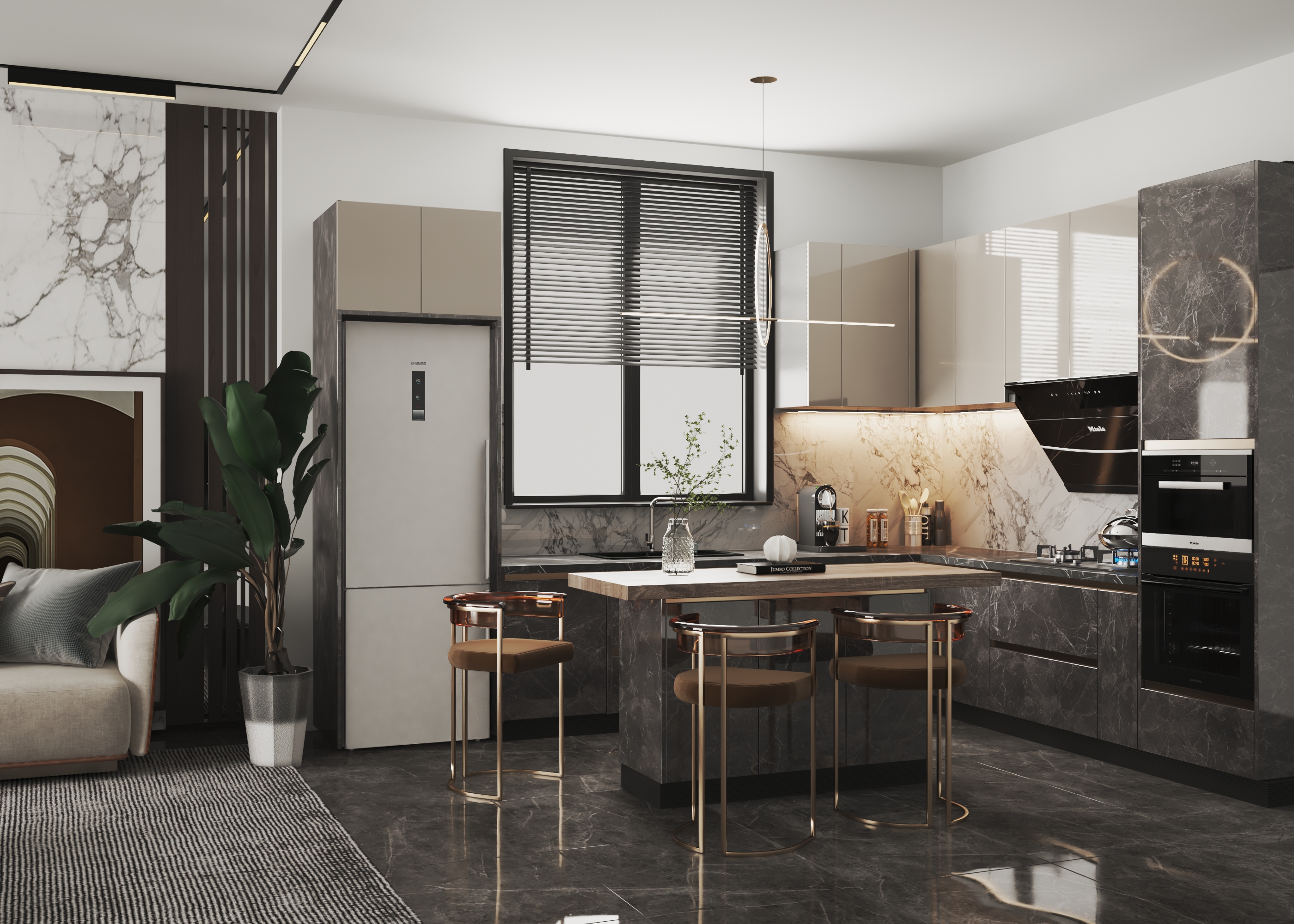Landscape
Landscape: The Art of Environmental Coordination
Design is the silent ambassador of any space, conveying a story and setting the mood. When it comes to creating a harmonious living or working environment, the integration of both exterior and interior design concepts is paramount. This article explores the intricate process of crafting cohesive concepts for both the outer shell and inner sanctum of a space.


Landscape design is considered one of the important arts that contribute to enhancing the beauty of outdoor environments and providing comfortable and attractive spaces for recreation and relaxation. It is a field that integrates aesthetics and functionality, aiming to create spaces that satisfy the senses and enhance the well-being of individuals and communities.
Environmental coordination processes include comprehensive design and organization of outdoor spaces, taking into account natural elements such as plants, water, and terrain. Landscape designers study the surrounding environment and client needs to determine the appropriate methods and materials for creating balanced and appealing designs.
The landscape design process includes selecting and coordinating plants and trees to enhance biodiversity and improve air quality and the surrounding climate. It also involves effectively managing water to provide sustainable irrigation and reduce water resource consumption.
Landscape designs are characterized by positive interaction with the environment and society, promoting mental and social health and creating encouraging spaces for social interaction and outdoor activities. Additionally, landscape design plays an important role in conserving biodiversity and environmental balance in cities and urban areas.
In summary, landscape design is an innovative art that combines creativity, technology, and sustainability, significantly contributing to improving the quality of life and the surrounding environment.


